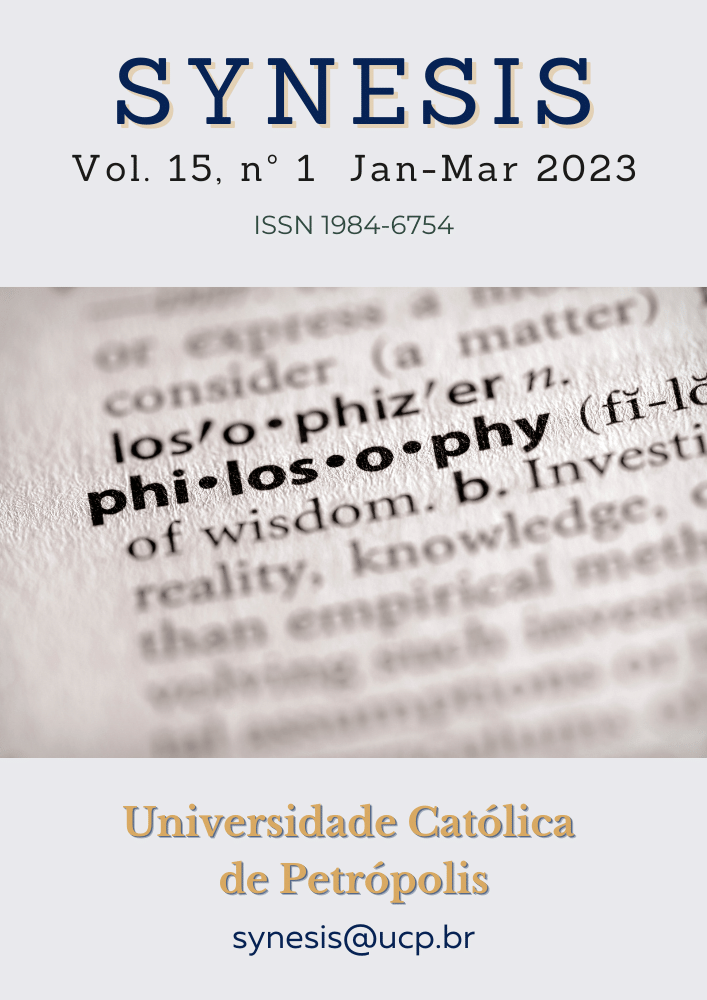Abstract
The word "TRANSIDENTITY", for the first time, came to my mind while writing my PH.D thesis on teacher Identity. As I surfed and pursued the books, papers, and internet, I couldn't have found any paper, material, and issue on it. All I had found were on Identity, Sub-Categories of Identity, Transnational Identity, somehow about Cross-Identity, and nothing more. That was why it sparked my mind to challenge and change the worldview of the ELT identity and take a leap in the dark to go beyond the borders, territories, and limitations of just Identity.
References
Beauchamp, C., Thomas, L. (2009). Understanding teacher identity: An overview of issues in the literature and implications for teacher education. Cambridge Journal of Education,39,175-189.
Cross, R. (2006). Identity and language teacher education: The potential for socio-cultural perspectives in researching language teacher identity. Paper presented within the symposium Languages, Teaching, and Education at Australian Education Annual Conference: Engaging Pedagogies, 27-30 November, 2006, University of South Australia, Adelaide.
Elliott, A. (2009). Series editor’s foreword. In H. Ferguson, Self-Identity and Everyday Life. (pp. vii–x). New York: Routledge.
Gee, J. (2000-2001). Identity as an analytic lens for research in education. Review of Research in Education. 25, 99-125.
Kumaravadivelu, B. (2008). Cultural Globalization and Language Education. New Haven, CT: Yale University Press.
Li, X. (2007a). Identity puzzles: Am I a course instructor or a non-native speaker? In M.
Li, X. (2007b). Identity puzzles: Am I a course instructor or a non-native speaker? In M.
Mantero, M. (2007). Transcending tradition: Situated activity, discourse, and identity in language teacher education. Critical Inquiry in Language Studies, 1(3), 143-161.
Norton Peirce, B. (1995). Social identity, investment, and language learning. TESOL Quarterly, 29(1), 9-31.
Moradi, M. ., Sahragard, . R. ., & Ayatollah Razmjoo, S. . (2022). UMA COMPARAÇÃO DE PROFESSORES IRANIANOS DA EFL EM INSTITUTOS DE LÍNGUA INGLESA E UNIVERSIDADES COM BASE EM VALORES ÉTICOS E CULTURAIS. Synesis (ISSN 1984-6754), 14(2), 396–426. Recuperado de https://seer.ucp.br/seer/index.php/synesis/article/view/2376
Pavlenko, A. (2003). ""I Never Knew I was a Bilingual": Reimagining Teachers' Identities in TESOL". Journal of Language, Identity, and Education 2 (4): 251-268.
Trent, J. (2010). Teacher education as identity construction: insights for action
research. Journal of Education for Teaching, 36(2) 153-168.
Varghese, M. Morgan, B., Johnston, B., Johnson, K. A. (2005). Theorizing language teacher identity: Three perspectives and beyond. Journal of Language, Identity, and Education, 4(1), 21-44.
Williams, J. (2007). Teacher educator professional learning in the third space: Implications for identity and practice. Journal of Teacher Education, 65(4), 315–326. doi:10.1177/002248711453312.

This work is licensed under a Creative Commons Attribution-NonCommercial-NoDerivatives 4.0 International License.
Copyright (c) 2023 Synesis (ISSN 1984-6754)
